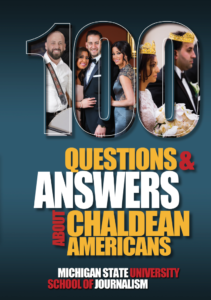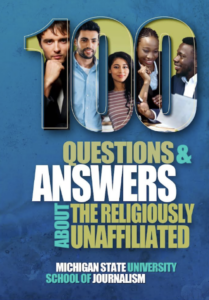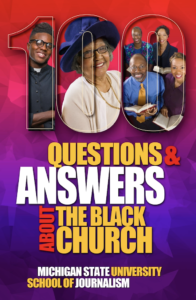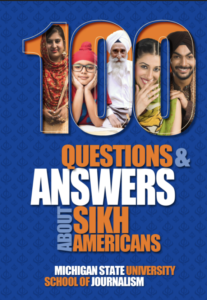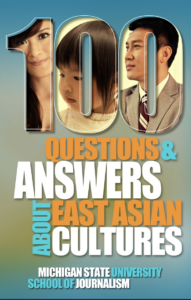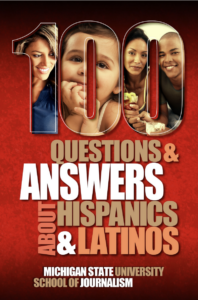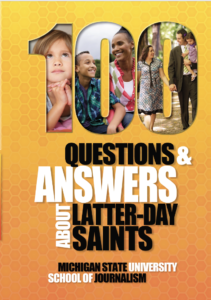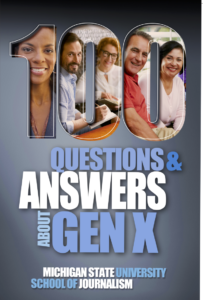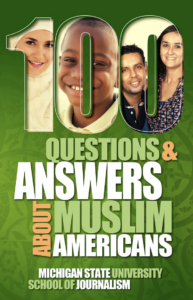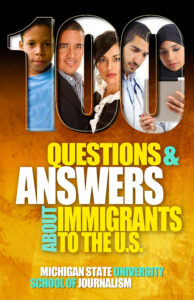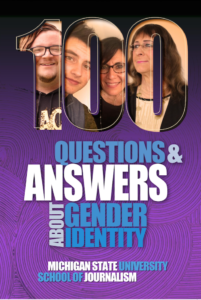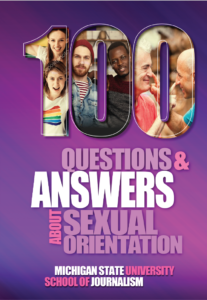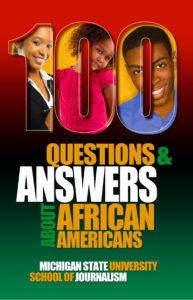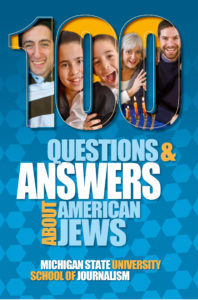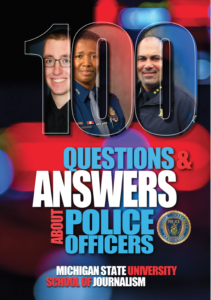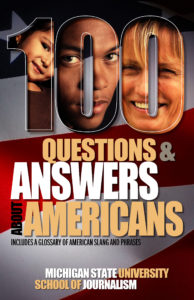Today, the day after Thanksgiving, is often associated with bargain hunting and creative recipes for leftover turkey, but it is so much more than that.
This day-after-the-holiday holiday was created in 2009 to complete the story of the first Thanksgivings. After so many years of celebrating a romanticized story, American Indians have this day to take a seat at the table.
 The story behind that day, the feelings around it and what it means from the Indigenous perspective is told by Sierra Clark, a Mishigamiing Journalism Project fellow. Clark is an Odawa and Ojibwe/Anishinaabe woman from the Grand Traverse Bay Area.
The story behind that day, the feelings around it and what it means from the Indigenous perspective is told by Sierra Clark, a Mishigamiing Journalism Project fellow. Clark is an Odawa and Ojibwe/Anishinaabe woman from the Grand Traverse Bay Area.
The initiative covers Indigenous affairs in Michigan through a partnership among the Traverse City Record-Eagle, the Mishigamiing Journalism Project and Indigenizing the News.
In a column published on Thanksgiving, Clark wrote that the traditional tale of Pilgrims and the Wampanoag people breaking bread “makes light of the historical trauma which we are forced to carry on our shoulders. America wasn’t handed over gently by Indigenous peoples for European colonizers to create a great nation dedicated to Christianity and the pursuit of freedom (for them). Indigenous people never conceded to colonialism, that notion needs to be left behind.
“Thanksgiving is a complex holiday but by not teaching the truthful history, allows the facilitation of colonial education. So, let’s start with the real story: Upon the arrival of the Mayflower, Wampanoag people were already well established with Europeans for about a century, some had even traveled back and forth to England, and spoke English. Chief Ousamequin welcomed the Pilgrims, but because their tribe had been slave raided by Europeans, this politeness was his greatest effort to protect his people. The iconic dinner was a tourism-ploy to boost the idea that Pilgrims were the founding fathers of America and attract this notion of unity in New England.”
Read Clark’s full column to get a truer picture of not just this season, but the history of relations between settlers and Indigenous people..
Also, to keep learning, pick up “100 Questions, 500 Nations: A Guide to Native America.” It is published by the Native American Journalists Association which updated the guide and published it with the Michigan State University School of Journalism as part of the Bias Busters series. The guide is available from Amazon or the Front Edge Publishing bookstore.

